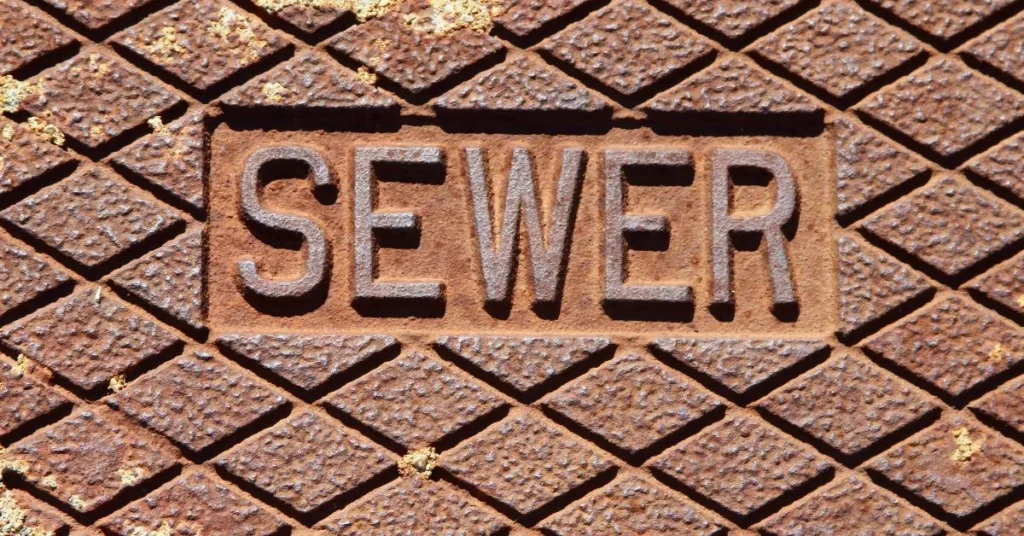If your drains are making bubbly noises and you notice air bubbles in the toilet bowl after flushing, this could indicate that there may be issues with your sewer pipes. Pipe relining or sewer replacement may be needed as a preventative maintenance solution.
But how do you determine which solution is right for you? In this article, we’ll discuss the factors affecting sewer relining vs. sewer replacement, allowing you to make an informed decision for your household.
Wondering whether you need sewer relining or replacement? Get the scoop from experienced plumbers in Phoenix at Diamondback Plumbing.
Cost
Even though you want your sewer pipes fixed quickly, you must consider all your options before making hasty decisions. Rushing decisions could result in more expensive repairs, so be patient while choosing what’s right for you.
Sewer pipe relining — also known as cured-in-place (CIP) pipe rehabilitation — is an economical and less destructive alternative to full sewer replacement. Ideal for older homes and businesses with aging plumbing that may be at risk of collapse, this method works by reinforcing weak areas to withstand greater pressure without further damage to pipes.
Utilizing this repair method, plumbers create one or two small access holes in the damaged section of the pipe and feed a resin-saturated pipe liner into it.
After it has been inflated and secured to its new home within its pipeline system, its new coating adheres to existing pipes to form a strong, lasting seal that makes this repair virtually indistinguishable from its predecessor — potentially lasting decades more!
Relining can cost less than full sewer replacement. For pipe restoration services and more. Furthermore, it is faster and more cost-effective than trenchless pipe repair methods like pipe bursting, which involve uprooting yards or sidewalks to repair pipes.
Life expectancy
Various threats can reduce the lifespan of a sewer line, such as tree roots clogging pipes or soil expansion and contraction, corrosion, or calcification affecting the structural integrity of pipe systems. Although once considered irreparable, these issues can often be repaired with relatively simple solutions.
Relining is a nondestructive solution to plumbing issues that can help save both time and money on utility bills. Relining involves placing a resin-filled liner inside existing pipes. This relining process may be used to repair small sections of plumbing or completely line them — less destructively and potentially saving money too.
You should carefully weigh all of your options if your plumbing is malfunctioning before making a snap decision. Rushing decisions could result in more costly repairs and headaches down the line; additionally, consulting with professionals for more information on repair and replacement options may be best.
Choose the appropriate method to repair your sewer pipes for maximum results and longevity. Replacements may be required if they have become severely damaged, as relining only sometimes works with severely cracked or collapsed piping systems.
Environment
Damaged and clogged pipes can create serious flooding issues within a property and sewage backflow issues, among other issues. A professional plumber can help identify the most appropriate solution, such as sewer relining or replacement.
Relining sewer pipes is an efficient and eco-friendly solution that doesn’t disturb the environment while being more cost-effective than replacement. Relining involves inserting a tube coated with resin into an old damaged pipe and inflating it — leaving behind a strong new pipe that prevents future damages and clogs.
A flexible material that conforms to the shape of existing pipes, an epoxy lining provides a greener solution than concrete and is safer than using drain cleaning chemicals.
Sewer relining can provide many advantages; however, this procedure may not always be suitable in all instances. For example, relining may not be feasible when dealing with severely crushed or collapsed pipes.
It is also essential to consider how damaged adjacent lines might impact one another; if adjacent laterals become compromised, their potential effects may bleed over into the main sewer line and necessitate full pipe replacement as an effective solution.
Pipe relining can be an eco-friendly alternative when it comes to fixing damaged pipes, as it requires no digging into the soil, which means no chance for contaminants to be released into the environment.
Safety
Keep in mind that relining may not be successful if your pipes contain multiple twists and turns, as the liner could kink or wrinkle while being maneuvered into these angles, potentially resulting in slowdowns and blockages.
Relined pipes may last less time than completely replaced ones; over time, their lining may wear away or come off completely and must be replaced. Still, they offer many advantages over metal pipes due to their hard surfaces, which allow waste to flow easily without getting stuck or creating clogs in their systems.
Conclusion
In summary, the choice between sewer relining and replacement hinges on understanding the specific needs and conditions of your plumbing system. Consulting with experienced professionals and considering factors such as cost, longevity, environmental impact, and safety can guide you to an informed decision that ensures the health of your sewer lines and the overall well-being of your property.











